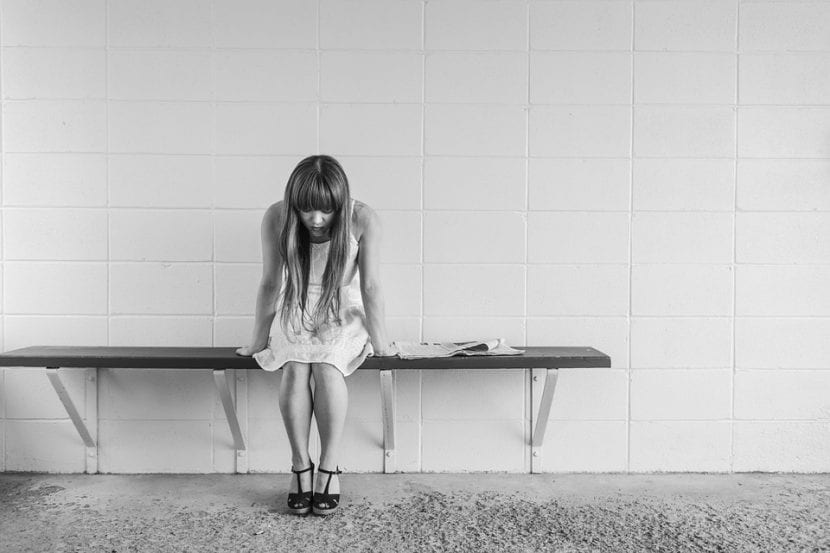
Children with Parkinson's can experience joint pain, tremors, and even depression.
Parkinson's is a disease usually related to adulthood, however a small percentage refers to childhood. Next, we are going to learn more about the situation of children who suffer from it.
What is Parkinson's?
Parkinson's is a neurological disease. People with Parkinson's have their ability to control their movements impaired. That is, with the passage of time after the detection of the disease, the person sees how progressively your brain you are unable to stop certain nerve impulses. These impulses are related to movement in parts of your body. The situation stems from the fact that neurons do not produce the necessary amount of dopamine. At first, one side of the person's body is affected. Shortly after the problem covers the other half. Some of the first symptoms are:
- Joint pain
- Lack of coordination.
- Balance problems.
- Tremors
- Stiffness in the limbs.
There is no specific test for the diagnosis of this disorder. There is also no cure. Medications are administered to the patient as needed, in more severe cases his brain is stimulated. Other aspects necessary for the subject to lead his life as well as possible is to follow a healthy diet and exercise, rehabilitation with physical therapy, occupational therapy or speech therapy. When the disease worsens the patient is exposed to suffering:
- Dificulty to walk.
- Swallowing problems
- Depression.
- Urinary problems
- Trouble thinking
Parkinson's in children

Parents, relatives and teachers must ensure the well-being of the child with Parkinson's, and as far as possible, prepare the places where the child spends more time.
In young people around 20 years of age there is talk of early Parkinson's and the percentage of affected is around 0.25%, almost all genetic cases, unlike Parkinson's in older people. Most of those affected by this type of parkinson's in childhood are between 6-16 years old. In children there is a prevalence in symptoms that limit your daily activity and affect with probable injuries such as breaks or sprains, such as:
- Dystonia or involuntary contractions of the muscles.
- Dyskinesias or involuntary movements.
In the event that the symptoms do not affect the normal activity of the child, they are not administered drugs. Sport is an effective medicine, and practicing it daily helps control engine and allows you to overcome obstacles and fears that seem insurmountable. Both parents, relatives and teachers must ensure the well-being of the child and as far as possible to prepare the places where the child spends more time. Having handrails to prevent falls and even changing utensils that you can handle can make things easier for you. His environment must do everything possible to integrate and listen to him, encouraging his fighting desires to increase.